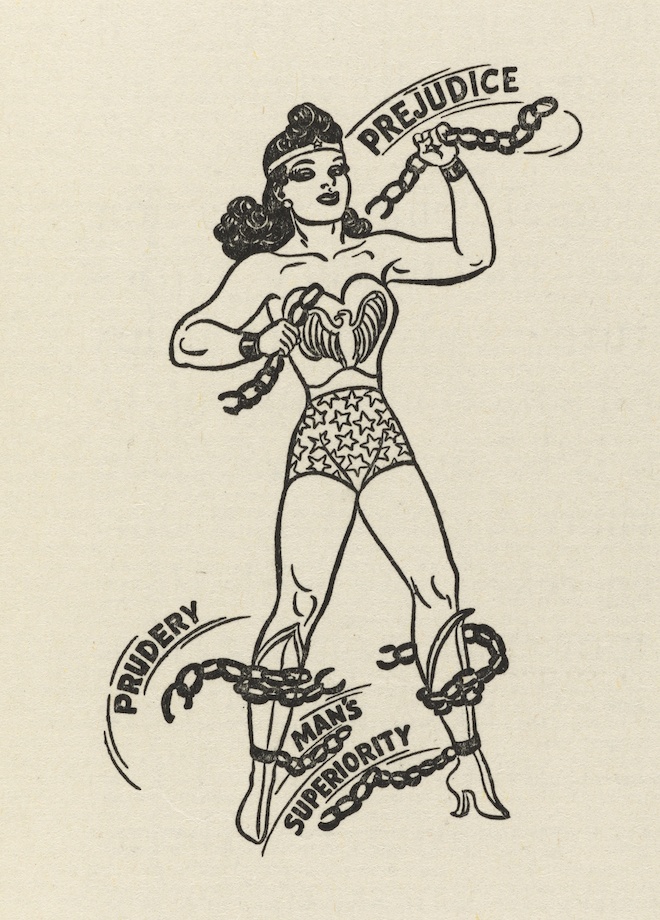
Pamflet x Twin: Books of the Year 2014
These are the books we’ve loved, recommended, given and definitely won’t forget this year.
The reliably magnificent Siri Hustvedt’s sixth novel The Blazing World (Sceptre) is a dazzling book of ideas about gender, the contemporary art world and New York. The novel’s heroine is Harriet ‘Harry’ Burden, a frustrated, eccentric and talented woman who revives her abandoned artistic career after the death of her husband. Rather than making a traditional comeback, she instead engineers an ambitious experiment and hides her identity behind a revolving cast of male fronts to see whether they affect how her work is received. The story is told through Harry’s journals and is supplemented by accounts from her collaborators, family, lover and friends, an effective device which adds authenticity to what’s a high-concept novel about a high-concept world and made me ask ‘What if someone actually tried to do this?’ While I was reading it I got completely obsessed and all I wanted to do was finish it – but for it not to end at the same time: a good thing.
‘Have you heard of Elena Ferrante?’ Well, I hadn’t until earlier this year when a friend recommended her series of fictionalised memoirs, The Neapolitan Novels, to me, describing the mysterious Italian author as ‘the female Knausgaard’ which made me want to get the first book right away. The perfect summer (or winter) read, this is an incredibly vivid, sensuous portrait of childhood in grim poverty in 1950s Naples. At its centre is the obsessive, devoted friendship between Elena and Lila who we follow through adolescence, their academic successes and failures, jobs and boyfriends. Their two intertwined stories ask how much an individual can do to change the course of the life that her opportunities and circumstances have offered her. Three books have been published in the series so far, with the most recent released in September and the fourth and final installment expected in Italy next year. I had about 2 weeks in September when I felt like I had Elena all to myself, but I don’t mind that the secret’s already out because she’s too good to miss.
by Viv Albertine (Faber) that lengthy and chanty title is just the beginning of the uncompromising life story that Viv Albertine shares in her memoir. Guitarist in The Slits, Laura Ashley model, musician, director, actor, artist, mother – she has had a fascinating fifty-nine years and there’s a lot more to talk about than being a girl in the punk world (but that’s a good place to start).
In CCCMMMBBB she scrapbooks her vividly recalled memories together and adds a helpful appendix at the end detailing the most crucial bits of her biography – what she was wearing, listening to and who she was seeing during each of her eras. Her unconventional life story makes for compelling reading and her story illuminates some of life’s joyous feminist contradictions. It’s also worth mentioning that I haven’t read a book which so unashamedly and refreshingly reveals the secrets of the female bedroom since Caitlin Moran’s How to Be a Woman, bedsheets, wardrobe, dressing table and all.
Albertine laments the fact that she had no female role models as a would-be guitarist in the late seventies, but luckily for us with this book she’s shown why she should be a heroine to every music-loving, clothes-obsessed, odd-one-out-girl out there.
I knew nothing about the original kickass comic book heroine Wonder Woman’s back story so Professor Jill Lepore’s astonishingly thorough and readable book, The Secret History of Wonder Woman (Scribe) was a total revelation. It tells the story of the pop culture icon who was brought to life by Lynda Carter in the TV series, while also giving the reader a fascinating account of the evolution of the women’s movement throughout the twentieth century, from the Suffragettes and birth control pioneer Margaret Sanger to the issues facing feminists today.
The Amazonian superheroine’s creator, William Moulton Marston, was a charismatic, complicated man who invented the lie detector test and was a passionate believer in free love and feminism. The intelligent, emancipated women in his life were immortalised in the pen and ink adventures of Wonder Woman – a character who has commanded devotion from millions of fans over seven decades. Comic books are more popular than ever today and with new characters like Ms Marvel (the first female Muslim superhero) bringing the genre kicking and screaming into the 21st century, now’s the perfect time to learn about where it all began. The Secret History of Wonder Woman is the perfect Christmas gift for: sullen teenagers of both sexes, comic book geeks and kickass feminists.
If you loved Stef Penney’s The Tenderness of Wolves and Hannah Kent’s Burial Rites, you will adore The Miniaturist (Picador). Jessie Burton’s impressive debut follows the fortunes of 18 year old Nella Oortman as she enters the home of her enigmatic merchant husband in 17th century Amsterdam. As Nella tries to navigate a new world of commerce, secrets and a society as opaque as the city’s murky canals, she starts to receive disconcerting, perfectly beautiful miniatures that tell her more about her own precarious situation than she understands herself. This is an eerie, absorbing novel populated with characters who are totally vivid and compelling, despite the five hundred years between us and them.
We’ve been eagerly anticipating Vivienne Westwood (Picador) as much as Morrissey’s autobiography and it doesn’t disappoint. Told both in the High Priestess of Punk’s own words and through uber-biographer Ian Kelly’s evocative prose, it brings together the multicoloured threads of Dame Viv’s life, from her early days safety-pinning binbags in her shop on the King’s Road, to the glamour and high-octane drama of her 2014 Gold Label show in Paris. The narrative zooms in and out, part told by Kelly – a detached but fascinated visitor to planet fashion – and part intimate memoir as Vivienne recalls her childhood and intense relationship with Malcolm Mclaren, as well as the passion for climate revolution which drives her today. Whether you’ve worn one of Vivienne Westwood’s designs or not, her influence is undeniable. From her punk origins to her massive fame in the Far East, this sharp-as-a-tack, soft-voiced Derbyshire woman has played a part in creating the world we live in today.
Anna-Marie Fitzgerald and Phoebe Frangoul are the co-editors and co-founders of the London grrrl-zine and literary salon Pamflet. Follow them on Twitter and Instagram @Pamflet.

PAMFLET X TWIN: NOVEMBER
There aren’t many bloggers who have successfully made the transition from pixels to print – too often something gets lost in translation – but Sasha Wilkins aka Liberty London Girl has more than pulled it off with her first book, Friends, Food, Family (Quadrille Books, £18.99). Ostensibly a recipe book, it’s also an elegant and insightful guide to living well packed with lists of the best foodie spots and flower markets around the world, tips for throwing a stress-free cocktail party and the ultimate dinner party playlist.
But first, the food: there are simple recipes for kitchen beginners which require a handful of ingredients and the most basic culinary skills, then for more confident cooks there are some serious showstoppers, such as a spectacular triple-layer lemon cake. Each recipe has a highly personal flavour – these are dishes Sasha has cooked countless times for her nearest and dearest in kitchens all over the world, so she knows they work on every level.
Through her witty, wise prose, the Delia of the digital age delivers the message of good food – it nourishes the soul as much as the stomach and should give joy to the creator as well as the consumer. Whether you’re a fan of the Liberty London Girl blog and want to explore the LLG world further or are simply looking for a reliable cookbook packed with foolproof recipes that will comfort and impress in equal measure, Friends, Food, Family will fast become a kitchen shelf stalwart.
Lily King’s Euphoria (Picador, £13.99) is a compelling novel inspired by the life of the anthropologist Margaret Mead, her husband and a colleague during their time studying the tribes in New Guinea. The three main characters have complicated, intense relationships which are skilfully rendered against a beautiful, dangerous landscape that is as powerful a presence as the people living in it. The story of an all-too-typical love triangle in an extraordinary setting unfolds through often contradictory accounts from the characters’ different perspectives, building up a multi-layered narrative that reveals much about these intelligent, egotistical personalities. But the most tantalising aspect of this story is wondering just how much was drawn from fact and how much was the inspiration of the author’s imagination.
Not that Kind of Girl: A Young Woman Tells You What She’s Learned has been one of the most anticipated books of 2014 and it was worth the wait. Wrapped in a seventies-throwback dust jacket and finished with dreamy endpapers which look pretty from far away and reveal a mosaic of tacky girl-stuff close up, here is Lena Dunham, let loose.
If you’ve already seen Girls, Tiny Furniture and the rest, this book of lists and essays is testament to how consistently Lena has mined her own experiences for her screen fictions. That blurred interexchange between memoir and storytelling is what makes her work so authentic and resonant – and the content of these essays so familiar. There’s not much here to surprise the fan, including the fact that she’s just as amusing on the page as on TV. However, this goes much further than the average confessional narrative. Indeed, ‘I live in a world that is almost compulsively free of secrets’ she states at one point, comparing her relaxed attitude towards privacy to others’ reticence.
Our heroine might not feel very glamourous most of the time, but for the English kind-of-girl reader, her world is ridiculously fabulous. She grew up in SoHo, NYC, vacationed in idyllic summer camps and holiday homes and hung out with artists and wannabes. In that glamorous world Lena might have been the weird girl, the outcast, the morbidly obsessive teen but that otherness has made her an open-minded, fair and funny observer.
The most tantalising and entertaining chapters of Not that Kind of Girl are where Lena takes a break from her mostly polite, professional persona and unleashes her inner anger. In one she addresses (names have been changed) her many detractors in a series of unsent emails and in another she reveals that she hopes she’ll live to 80 so that she can legally expose all the sexist ‘sunshine stealers’ who’ve treated her badly in Hollywood (they’ll all be dead by then).
Furies: A Poetry Anthology of Women Warriors (For Books’ Sake, £10) edited by Eve Lacey (all profits from the collection will go to Rape Crisis England & Wales) is a brilliant anthology of verse inspired by women warriors from the internet’s finest lady books journal For Books’ Sake. Featuring contributions on Betty Draper, Sylvia Plath and more, this is a vital and powerful outpouring of page-rage.
Anna-Marie Fitzgerald and Phoebe Frangoul are the co-editors and co-founders of the London grrrl-zine and literary salon Pamflet. Follow them on Twitter and Instagram @Pamflet.
Tags: Anna-Marie Fitzgerald, Eve Lacey, Lena Dunham, Lily King, Phoebe Frangoul, Sasha Wilkins
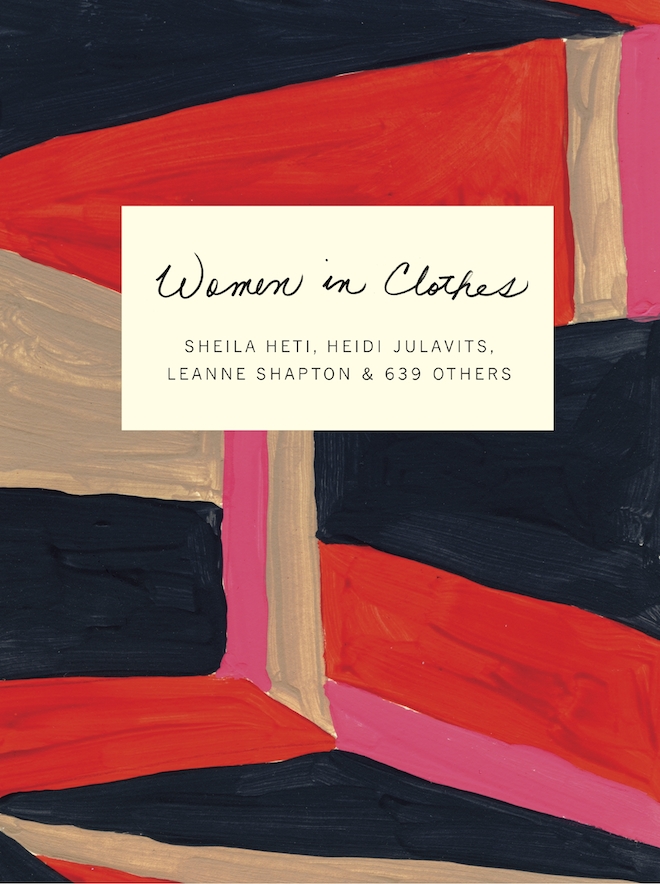
Pamflet X Twin: New Season Reading
The new season starts with two nostalgic style-story anthologies from Sheila Heti, Emily Shivack and friends in Pamflet’s September reading roundup.
Women in Clothes by Sheila Heti, Heidi Julavits and Leanne Shapton (Particular Books, £24) includes contributions from 639 women and feels like a companion American volume to one of our favourite books of all time, Luella’s Guide to English Style. Like Luella’s book, it’s a beautiful object, which is apt given the subject matter. Naturally I skipped straight to the famous names’ contributions first – friend-of-Pamflet Tavi Gevinson and voice of her/a generation Lena Dunham.
Tavi gives her thoughts on colours and their meanings and confirms what I always said of navy blue “it’s the best color for a peacoat”, while Lena Dunham solemnly pronounces “I just won’t go there with a gaucho pant…it feels like a rejection of everything great about having lady legs.” Amen sister. Zosia Mamet recreates authentic fashion mag poses from every decade in a black unitard which is brilliant. And Kim Gordon talks about her stage style and modelling for Saint Laurent Paris – this book is basically like eavesdropping on the cool girls’ table at the world’s most awesome party.
Despite the plush paper and sharp finish, Women in Clothes has an endearingly zine-y feel. There are whimsical illustrations, photocopied hands wearing rings, beautiful photographs of deconstructed garments, changing room selfies, anecdotes, essays, poems and transcriptions from Skype chats.
There’s a sweet repeated feature throughout the book called ‘compliments’ which is just that – transcriptions of overheard conversations between women where one is paying the other a compliment!
It’s immediately inclusive, like being a part of a loud, drunken conversation among close friends where everyone’s shouting over each other but you all understand exactly what you’re talking about because it’s shared and true and good.
I LOVE how all the amazing intelligent stylish women in this book, plus the likes of Mindy Kaling are claiming fashion as their own and proudly defending it and celebrating it – refusing to be intimidated either by the dictatorial glossy mags who want to shame you into feeling you can’t participate in brittle beautiful Planet Fashion, or the puritan killjoys who seem to think we should just slouch around in sackcloth because anything more pleasurable or pretty is superficial and stupid.
If anyone ever bleats on at you about how fashion and clothes don’t matter (not that this tends to happen in real life, just in the Guardian comments section) just wordlessly hand them this book and walk away.
Worn Stories is the result of a four-year project by New Yorker Emily Spivack (Princeton Architectural Press, £15.99), a teacher and a blogger who’s been collecting first person accounts of clothes from their owners. From the starting point of a visit to a garment factory in her introduction, she contrasts the mass-production mechanisms behind contemporary clothing manufacture with our personal experiences of choosing outfits and the context we ourselves give our wearables.
We all have a favourite item with a ton of memories woven into its history like a pattern. Here some famous and not-so-famous personalities share their own stories alongside photographs of their items hanging lonely and unworn. These are objects invested with much special significance and whether they’ve been worn once or worn-out, patched together these mini sartorial memoirs make a fitting tribute to the contributors’ wardrobe favourites. Hearing about LCD Soundsystem’s Pat Mahoney’s stage costume, Simon Doonan’s cycling shorts, Piper Kerman’s court suit, Greta Gerwig’s crush’s old shirt will have you searching through your cupboards for your own worn stories.
Print: Fashion, Interiors, Art by Simon Clarke (Laurence King, £30) is our glossy book of the month. Lushly coated in a wraparound jacket of hazy florals, this is an up-to-date guide to current print trends and a cutting edge sourcebook for eye-catching and innovative design and digital patterns.
Anna-Marie Fitzgerald and Phoebe Frangoul are the co-editors and co-founders of the London grrrl-zine and literary salon Pamflet. Follow them on Twitter and Instagram @Pamflet.
Tags: Art by Simon Clarke, Emily Spivack, Heidi Julavits and Leanne Shapton, interiors, Lena Dunham, Print: Fashion, Tavi Gevinson, Women in Clothes by Sheila Heti, Worn Stories
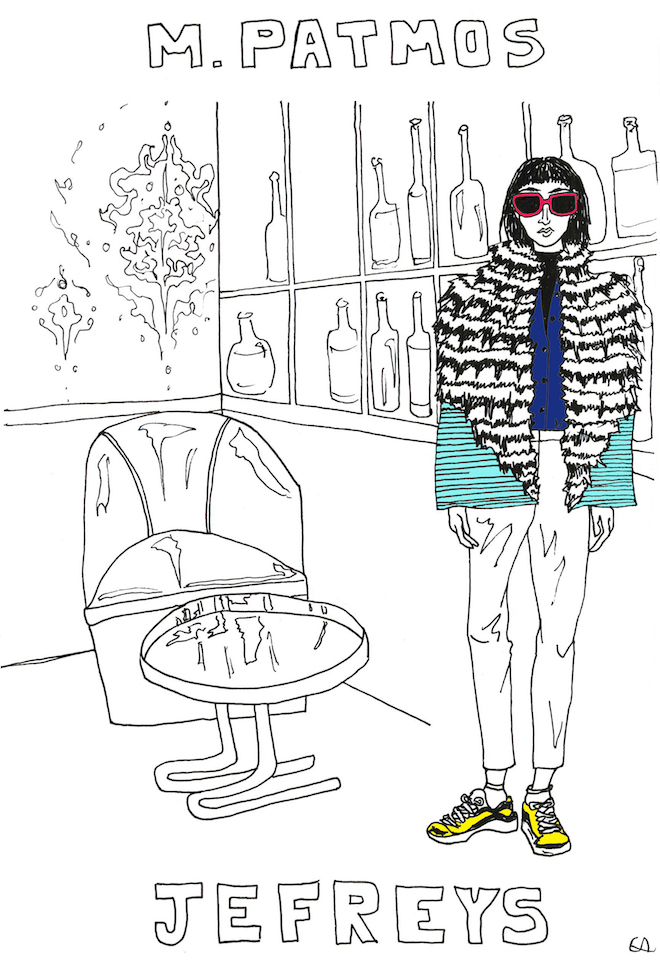
PAMFLET X TWIN: SUMMER READS
Anna-Marie Fitzgerald and Phoebe Frangoul are the co-editors and co-founders of the London grrrl-zine and literary salon Pamflet. Here they discuss the releases, trends and going’s on in the literary world worth knowing about. Follow them on Twitter and Instagram @Pamflet.
Pamflet stay close to home with summer reads set around London, Cambridgeshire and Bristol…
Low Expectations by Elizabeth Aaron (Quercus, £6.99) is proper summer froth to enjoy while supping on a plastic tumbler of home-prepped sangria in Victoria Park. Loosely plotted around the final year of university student Georgie’s fashion degree, we join her as she marauds around east London with her two best friends Rose and Sarah never quite knowing where she’s going. Low Expectations is full of observational comedy and cameos from some familiar locations and is cutely illustrated by Aaron who has a background in fashion design.
Anna Freeman’s debut novel The Fair Fight (Weidenfeld and Nicholson, £12.99 hardback) is about to join that sparse canon of women writing on boxing – and the even sparser canon within it of women writing about women boxing. There’s some rich material around girls throwing punches for sport and Freeman mines it beautifully, vividly inventing Bristol’s 18th century underworld and colouring it with some with historical humour and lots of local vernacular. Her tale of unlikely pugilist Ruth who grows up in a brothel before taking to the ring is reminiscent of early Sarah Waters (who’s already a fan).
On the non-fiction shelf the just-released Unspeakable Things (Bloomsbury, £12.99 paperback) is a fierce polemic against all kinds of gender-pigeonholing and an exposé on the perils of online living for outspoken women by feminist journalist and campaigner Laurie Penny. Here, as in her previous work, Penny manages to combine theory with intense personal commentary and is never less than fearlessly honest. She was as articulate as ever in conversation with Mary Beard last month in London and will be missed when she heads off to Harvard this autumn.
When Cambridge academic Helen Macdonald‘s father dies suddenly, she seeks solace in her lifelong passion for falconry and H is for Hawk (Jonathan Cape, £14.99 hardback) is her memoir of the post-traumatic experience. Distraught and flailing, she buys a baby goshawk she names Mabel to train and finds comfort and routine in the all-consuming nature of the bird/mistress relationship. Descriptions of the psychic despairs of her grief are tempered with some exquisite wildlife writing as she contemplates the lines and connections between (wo)man and beast and traces the archaic, masculine and mysterious history of hawk-training. In Macdonald’s perfectly considered words as she’s getting to know Mabel, her feathers make her look like a ‘cappuccino samurai’ and soon ‘it was hard to distinguish between my heart and the hawk at all’. Unusual and incredibly moving.
Glossy book of the summer: Why Fashion Matters (Thames and Hudson, £9.99 hardback) is a list of 101 reasons why clothes, the industry and style make a difference by Frances Corner, the director of LCF. A cool manifesto for flicking through that it’s rather hard to disagree with.
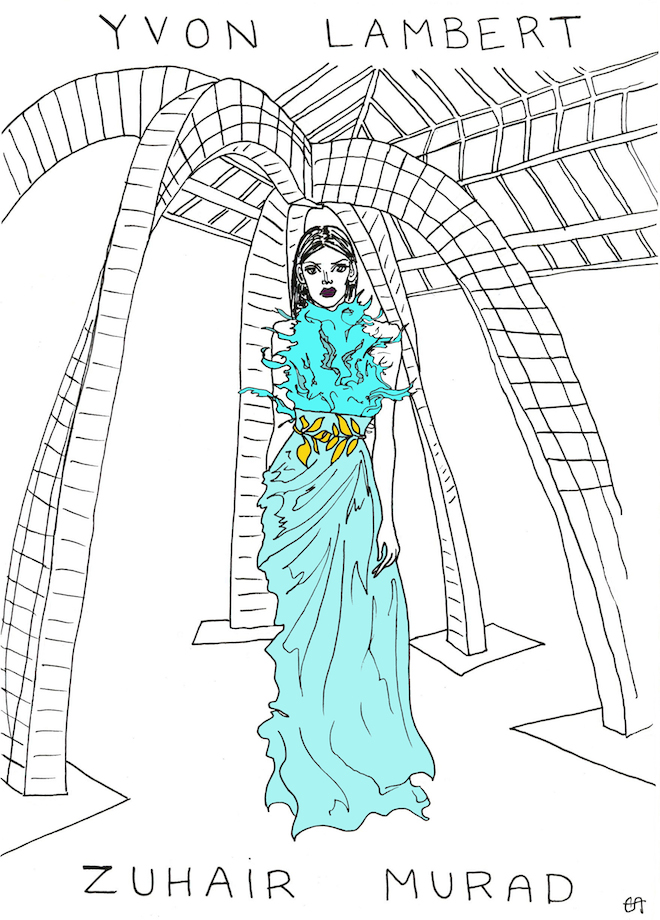
Tags: Anna Freeman, Elizabeth Aaron, Frances Corner, Helen Macdonald, Laurie Penny, Pamflet
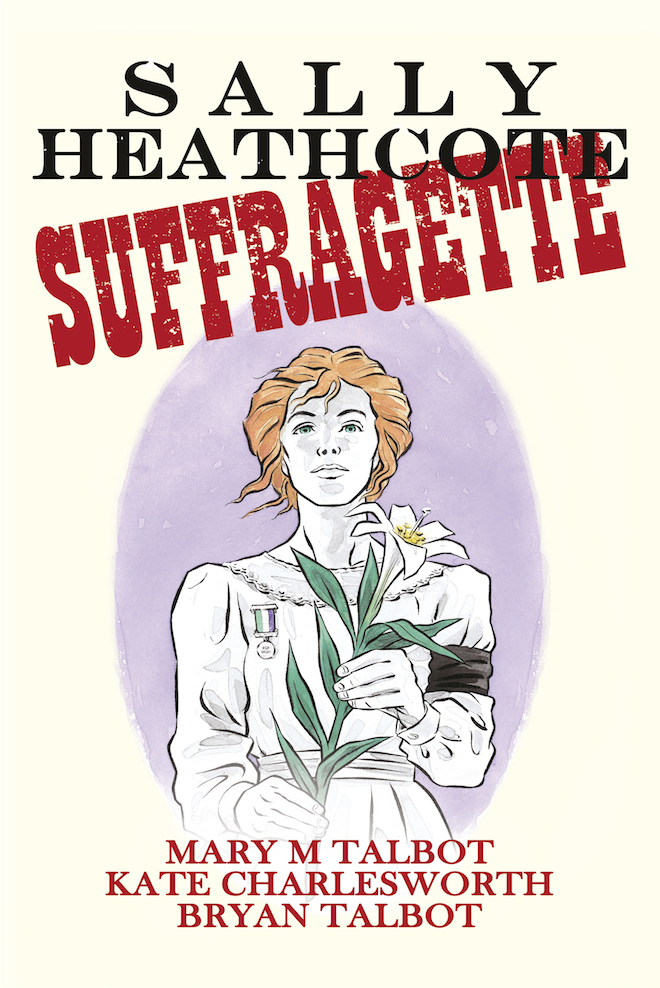
PAMFLET X TWIN: JUNE
Anna-Marie Fitzgerald and Phoebe Frangoul are the co-editors and co-founders of the London grrrl-zine and literary salon Pamflet. Here they discuss the releases, trends and going’s on in the literary world worth knowing about. Follow them on Twitter and Instagram @Pamflet.
Happy birthday John Lewis and three provocative holiday reads in this month’s Pamflet x Twin books roundup…
Sally Heathcote: Suffragette by Mary Talbot, Kate Charlesworth and Bryan Talbot
Graphic novels are just such good value – great writing AND beautiful visuals to add another dimension to the reading experience – what’s not to like? Sally Heathcote: Suffragette (£ 16.99, Jonathan Cape) by Mary Talbot, Kate Charlesworth and Bryan Talbot tells the story of a young working class woman who becomes part of the suffrage movement and rubs shoulders with its biggest personalities – the Pankhursts and Emily Davison – and some others I hadn’t heard of before.
Much is made of the often bitter infighting between the various factions of fourth wave feminists, in particular the undignified way it can play out on social media, so in a funny way it’s quite reassuring to discover, on reading Sally Heathcote: Suffragette, ‘twas ever thus. Personality clashes and petty jealousies existed between the leading proponents of the suffragette movement, but in no way does that take away from their astonishing achievements – in fact a bit of healthy dissent amongst the troops probably helped strengthen their cause – a lesson that should give fourth wavers heart.
Alongside Sally’s story, there’s a parallel narrative that traces the developing suffrage movement, from the early days of pamphleteering and disrupting public meetings, to the more hardcore acts of civil disobedience. The power and passion of the campaign is vividly brought to life by the dynamic illustrations, nowhere more effectively than in a particularly brutal series of drawings that drive home the horror and humiliation of the force-feeding that the suffragettes endured in prison. There’s a twist in this tale that’ll hopefully leave anyone who ‘didn’t get round’ to voting in the recent elections feeling suitably ashamed.
A Very British Revolution: 150 Years of John Lewis by Jonathan Glancey
Anyone who’s stepped into the hallowed halls of John Lewis and given themselves up to its comforting, mum-like embrace will appreciate that 2014 is a significant year for this national treasure. JL is celebrating its 150th birthday with special edition products, by opening up the roof terrace on the Oxford Street building to the public (it’s previously been an oasis for JL partners) and with the publication of A Very British Revolution: 150 Years of John Lewis (Laurence King, £20).
While this is pretty much a bible for JL obsessives, tracing as it does the evolution of the brand from its birth in 1864, it’s much more than that – it’s a social history, a study in Englishness. For we are, after all, a nation of shopkeepers and no one fits that description more accurately than John Lewis himself, the archetypal self-made man. We learn how the orphaned John was apprenticed to a draper, found his way to London and built up his own business slowly but surely (in contrast to the flashier William Whiteley down the road). He had a sad romance (his beloved’s family considered him too lowly a prospect), before eventually marrying Eliza Mills, one of the first female undergrads at Cambridge and he ruled his kingdom with a stern, firm hand.
John Lewis’ personal and professional story is told against a fascinating backdrop of British history, from the Victorian era’s energy and confidence, though the suffrage movement, the general strike, two world wars, the post-war rebuilding period and the social revolution of the sixties to the London 2012 Olympics. Art, architecture, fashion, technology and politics play their part in this story and it’s beautifully told through illustrations, photographs and Jonathan Glancey’s crisp, insightful prose.
The Empathy Exams: Essays by Leslie Jamison
Iowa Writers’ Workshop was immortalised in Girls series two and The Empathy Exams (Granta, £12.99) is an example of how it’s reached cult-TV-reference-status. Course alumnus Leslie Jamison writes essays in the way (it seems) that mostly only American writers have the space to do and in her first collection she proves herself a mistress of the form. She meditates on her subjects – the wounded, the wrongly accused, the heartbroken, and the downright wild – with intense curiosity and wonder. Universal themes emerge from the pieces, but her experiences and writing style are exclusively those of a twenty-something woman and she might confidently reference The Lost Boys in one breath and a classical philosopher in the next. This mix of low and high cultures, contemporary and ancient, intimate and public makes her writing and subjects shockingly fresh and new. Think Sloane Crosley in a deep and contemplative email exchange with Susan Sontag.
Tags: A Very British Revolution: 150 Years of John Lewis, Pamflet, Sally Heathcote: Suffragette, The Empathy Exams: Essays by Leslie Jamison
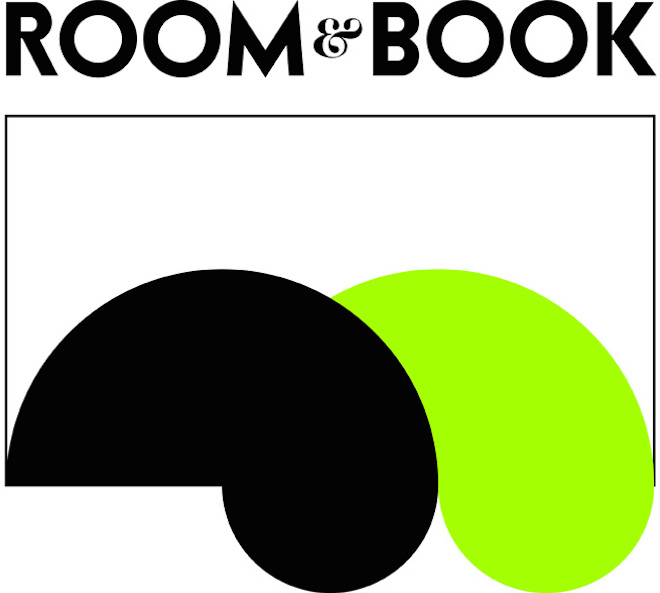
Room&Book
The ICA is playing host to a three-day art book fair this week, in association with Claire de Rouen Books. You’ll be able to find publications on a range of themes such as art, photography, fashion and design, and as well as the books themselves, the fair promises to bring zine aficionados, legendary specialists, magazine experts and artist book connoisseurs together with visitors in a unique gathering any book lover will appreciate. Room&Book will be the first art book fair in London to focus exclusively on the role of the book dealer.
Participants confirmed are: Arthur Fournier Fine & Rare, Bookmarc, Christian Flamm, Claire de Rouen Books, Diagonal Press,Ditto Press, Elegantly Papered, Koenig Books, Louis Vuitton Maison Librairie, Luminous Books with Anagram Books, Maggs Bros (Carl Williams and Titus Boeder), Oliver J Wood, Bernard Quaritch Ltd, Simon Finch, Sims Reed, Test Centre Books, The Village Bookstore, 20th Century Art Archives.
For more information head to ica.org.uk.
Tags: Art Book, ICA

Ultimate Clothing Company
Alasdair McLellan, one of the most sought after fashion photographers has looked back to his Yorkshire roots to publish his first book, Ultimate Clothing Company. The idea for the publication centres around growing up in England; “I’ve been working on the book for years. It’s pictures of young men and landscapes, and a lot of the landscapes are from memory: places that I used to go to when I was growing up,” stated McLellan.
McLellan will be signing copies of the book tomorrow, April 16 from 5pm at Idea Books, 17-18 Dover Street, London
alasdairmclellan.com
Tags: Alasdair McLellan
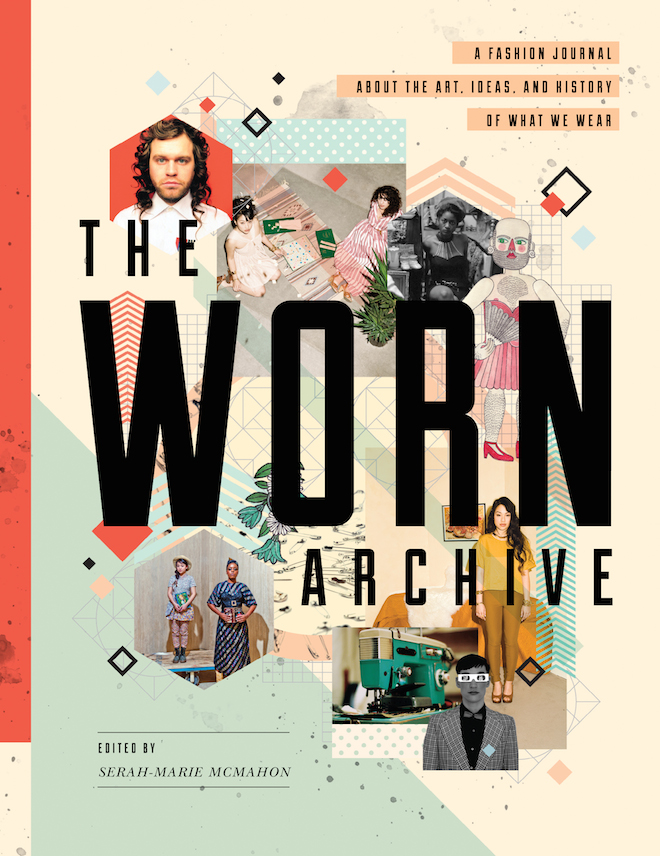
PAMFLET X TWIN: MAY
Anna-Marie Fitzgerald and Phoebe Frangoul are the co-editors and co-founders of the London grrrl-zine and literary salon Pamflet. Follow them on Twitter and Instagram @Pamflet. Here they recommend two fashion and one fiction title in their May reading roundup.
Animals by Emma Jane Unsworth (Canongate, £12.99)
Gwendoline Riley, Jean Rhys and Dorothy Parker have all successfully captured that extra special, urban-woman ennui in their fiction at various points in the past and present. Their heroines drink too much, stay out late and know those heady hours of the night when you can say whatever you want and choose not to remember in the morning. With her second novel Animals Emma Jane Unsworth explores that ennui for every twenty-first century girl who’s experienced a toxic emotional mix of failure, overindulgence and disappointment.
Its premise seems conventional – call centre worker and wannabe writer Laura is 31, engaged to earnest and dreary pianist Jim, and isn’t ready to settle down yet – will they or won’t they make it to the altar? But the real story takes place in the words spoken and the rounds of drinks shared with her best friend and flatmate Tyler over several months in Manchester. Their friendship is founded on countless nights out when they either get ‘blackout-drunk’ or ‘wedding-drunk and almost dancing’ and the afternoons afterwards, when they dissect their hazy memories and drink their way through the darkest of hangovers. Together they refuse to grow up – at least in any conventional sense – and their BFF relationship is sweetly reassuring in a cynical world.
Animals looks like a New Order record, its narrative fuelled by cheap white wine, the non-logic of the always-intoxicated and the sensuously evocative language of a writer who’s been there. I tumbled along on Laura and Tyler’s crazy nights out and laughed with them (mostly), but it’s ultimately a sobering and tender read. I can imagine that right now, somewhere, staggering around Manchester are a very real Tyler and Laura with empty purses and cracks in their phones.
The Worn Archive edited by Serah-Marie McMahon with a foreword by Jane Pratt (Drawn and Quarterly, £19.99)
‘The fashion industry is riddled with problems … Worn is how I respond to that. Because why not make fashion the way I love it, celebrating the good parts rather than spending time pointing out the bad ones?’ Editor Serah-Marie in her introduction
Canadian biannual journal Worn is serious about fashion but knows how to have fun. Even if you already have every issue of the magazine via mail order you’ll want this gorgeous collection of the highlights from its first eight years in print. Every feature is as thoughtfully designed and illustrated as it is researched and written and there are pieces on fashion theory and textiles, the history of iconic garments (‘Safety Dance: How the safety pin became a revolutionary fashion accessory’), personal memoirs (‘Make Me Real: important style lessons I learned from Courtney Love’) and practical guides to doing your laundry and knotting a tie (more complicated than you might think).
Worn fashion shoots are always more about ideas than labels and for reasons of budget and practicality they often use friends who are fashion-makers rather than models. Flicking through the spreads and features makes for a satisfying reader experience because all kinds of woman are represented on its pages: that’s just what the world of Worn looks like. Here’s to eight more years of clever, provocative and fashionable thinking.
GLOSSY BOOK OF THE MONTH: Shoetopia: Contemporary Footwear by Sue Huey and Kathryn Jenny (Laurence King, £24.95) showcases the work of forty classic and upcoming international shoe designers from France, Italy, USA, Finland, Denmark, the UK and beyond. Each label’s profile is illustrated with highlights from their latest collection. It’s a riot of complicated laces, pretty bows, delicate buckles and out-there heels that shows the breadth of talent in contemporary cobbling. There’s room for some of the most iconic styles of the past few years including Prada’s fiery stilettos, Sophia Webster’s cute booties and Camilla Skovgaard’s ankle-challenging wedges.
Tags: Emma Jam Unsworth, Pamflet, Shoetopia, Worn Archive
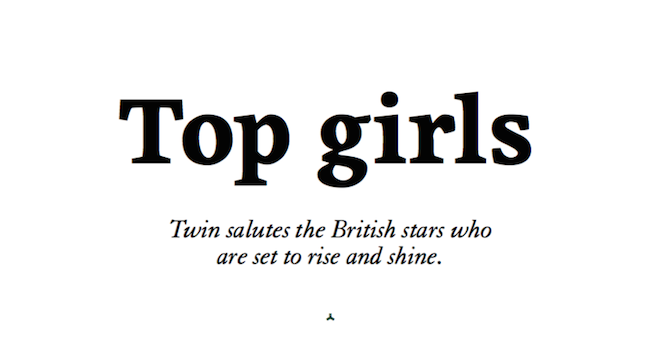
Top Girls
We’re celebrating our tenth issue this season, which means it’s been five years since our first Twin book was released. To celebrate, we thought we would look back over the issues, reminisce a little. In Twin V we spoke with actors, artists, playwrights and more for a feature called Top Girls, a look at the emerging British names set to be stars. Here, Twin caught up with some of those girls to see where they are now…
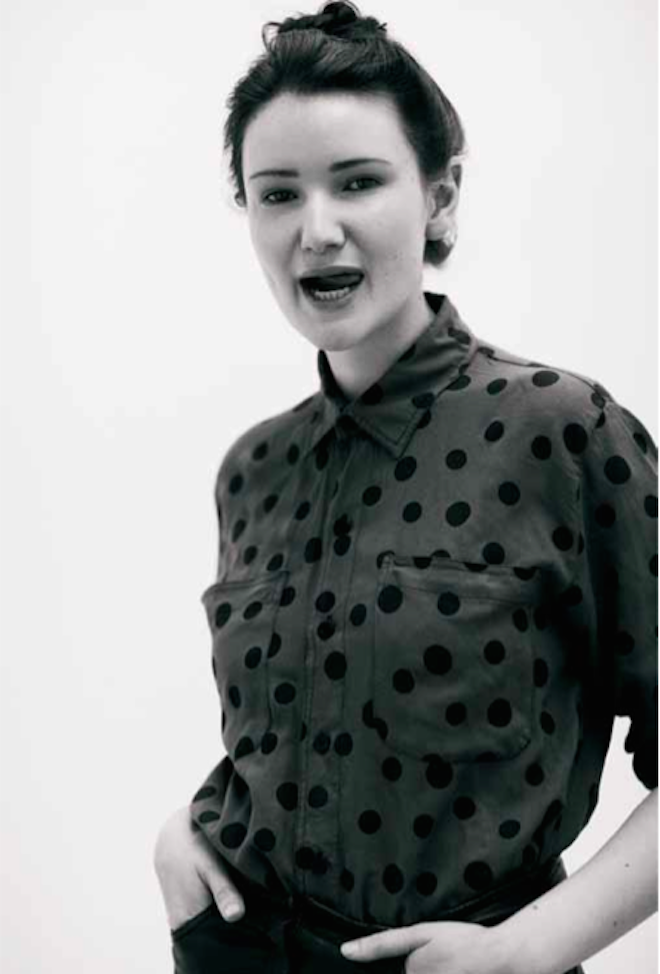
Lily Jones
When we last spoke to Lily, an artisan baker, she had only just written a business plan, hired staff and opened a café on Columbia Road. Things are now a little more global: “I have been working on a bakery project in Kochi, India which is now open for business and I also consult for 5 bakeries in the Middle East.” As well as her international feats, Lily recently released her second book, Sweet Tooth and also (somehow) finds time to act as co-founder of The YBFs, “a food & drink awards which spotlights and celebrates new, innovative talent in the industry. Our 3rd annual event this year will be hosted at Tate Britain.” Busy just doesn’t cut it.
lilyvanilli.com
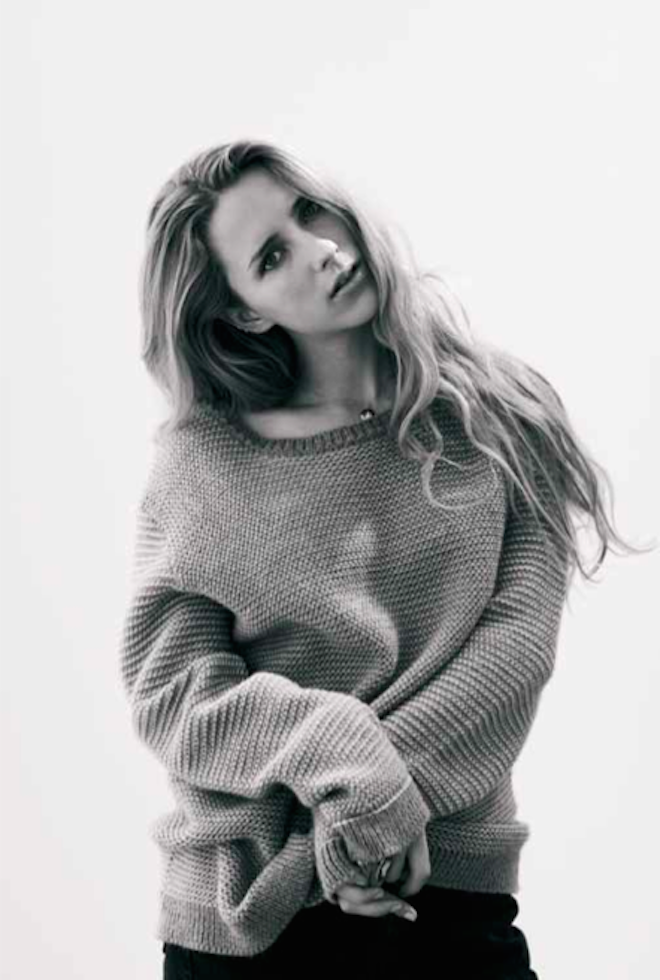
Harley Weir
As well as working on projects with subjects such as “the suburban heaven” in which she grew up, Harley teaches part-time and is attracting jobs that are more in tune with her interests. “[I am] finally putting a few brain cells aside for fashion, which I have come to admit (as hard as it was) is my trade.” With past clients such as British Vogue, Paul Smith, Another Magazine, Topshop, I-D Magazine, Supreme and Stella Mccartney to name a few, it’s safe to say this photographer has come a long way since her sexual photo-diary.
harleyweir.tumblr.com
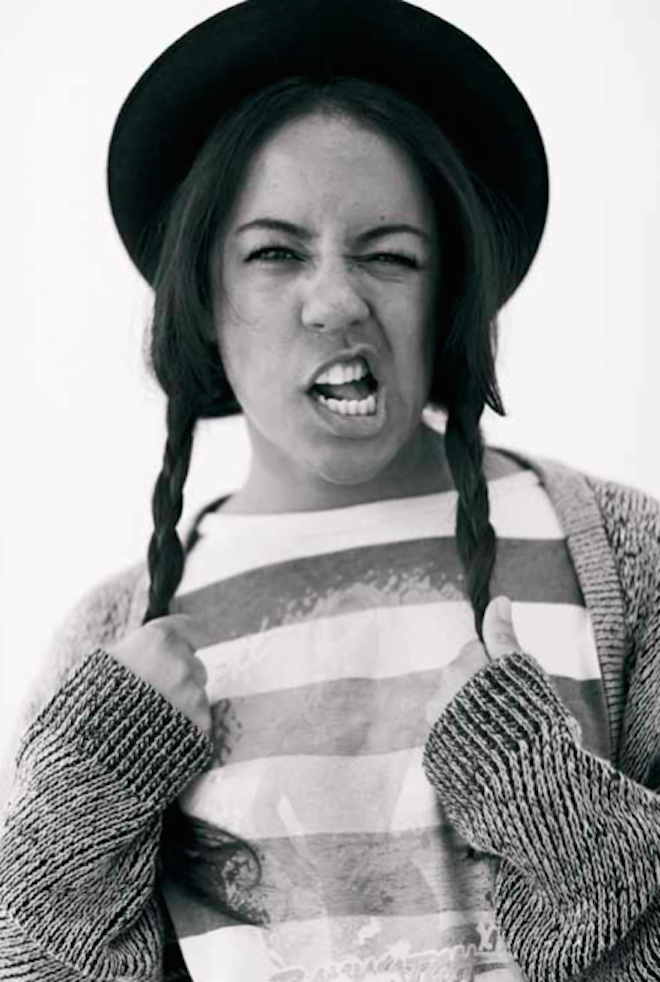
Rachel De-lahay
Rachel’s debut play THE WESTBRIDGE was about to open at the time Twin V was released and it went on to win Best Play at the Writers Guild Award. De-lahay also received acclaim for her second piece of theatre, ROUTES, winning the Evening Standard Award for Best New Playwright.
This young writer is about to open her third play in Birmingham this May, before it comes south to the Tricycle Theatre in London. For her next move, we will see her work on screen as she has just completed a pilot for a new BBC drama. “I’m [also] currently writing a feature film with Film Four and Independent (the producers who made We Need To Talk About Kevin) and was selected as Screen Nations Screen Star of Tomorrow, and am developing my own comedy drama series for Channel Four as well as adapting a blog for Fox Television.” De-lahay is certainly a name we are going to see much more of in the future. Watch this space.
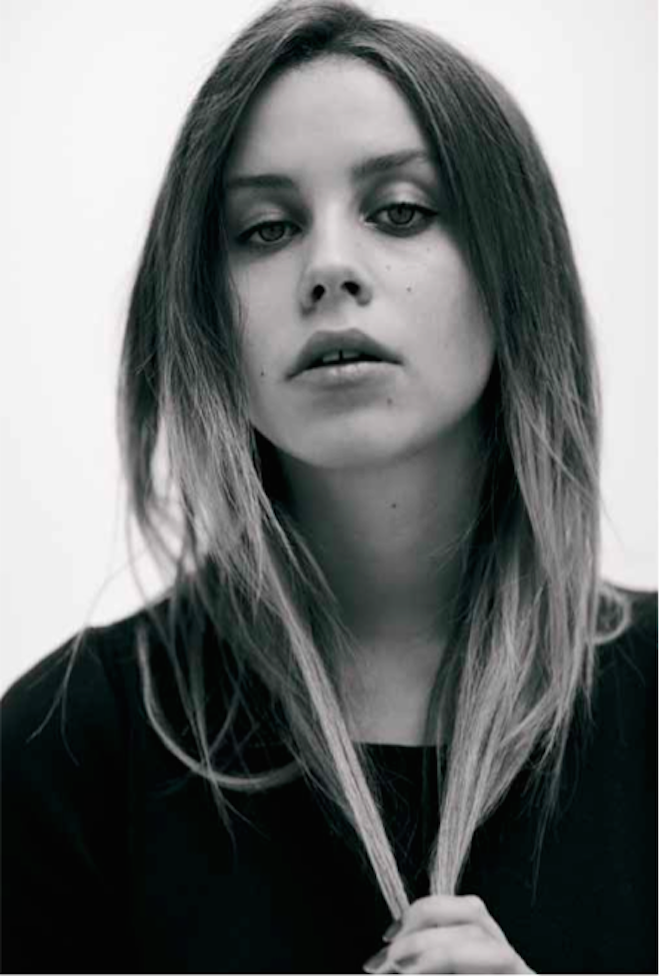
Billie JD Porter
For Billie it was never really about the DJing; that and the music writing/promoting acted as a platform to help her get on her way (at the tender age of 14 we might add). Documentaries were the end goal and having just spent seven months in South America, working on a series of films for the BBC called ‘Secrets of South America,’ it seems that dream is now a reality. But what of the parties? “There’s a lot less chaos in my life at the moment. I’m not sure if that’s a permanent thing though.”
billiejd.blogspot.co.uk
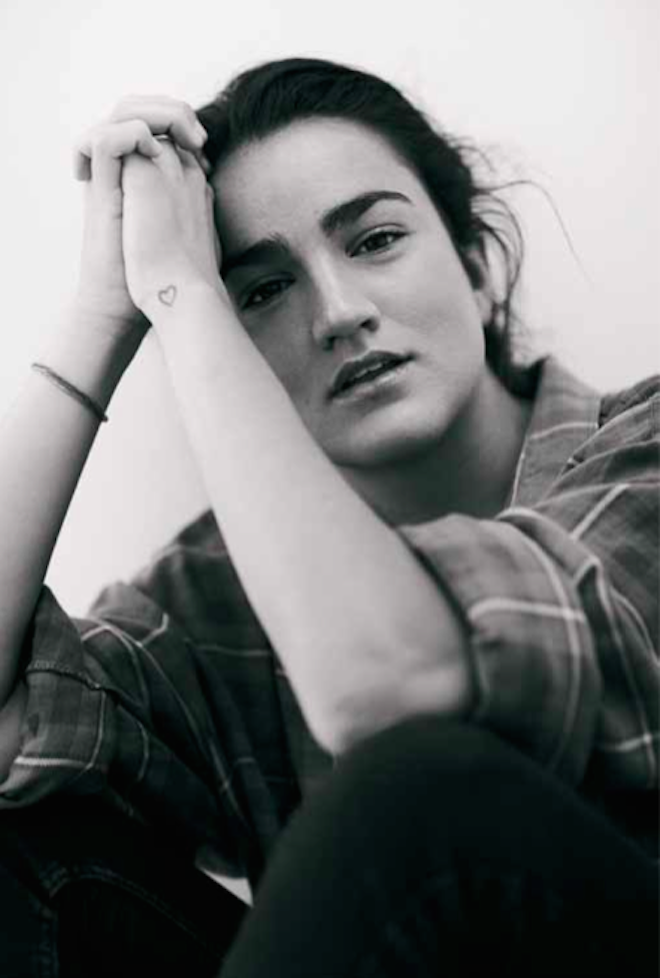
Julia King
“Around the time that I was in Twin I won a Holcim Award in the ‘Next Generation’ category, an international competition that recognizes innovative projects and future-oriented concepts which really helped kick start my career.” And what a career this architect already has. One that has brought sanitation infrastructure to 2000 plus people in a resettlement colony in Delhi called Savda Ghevra, through her work with CURE. This year has been spectacular for King she states, “I was awarded the Emerging Woman Architect of the Year by the Architectural Journal and won a SEED Award for ‘Excellence in Public Interest Design‘ for the sanitation project in Savda Ghevra.” But that’s not all of them, last year King was also included in ICON magazines ‘Future 50′ – a snap shot of 50 young designers and architects who are pushing the boundaries of their disciplines and trying to change the world. And that PhD she was working on when we last spoke, well that will be completed this summer.
julia-king.com
Photography: Nick Dorey, originally published in Twin V

PAMFLET X TWIN: From The Streets of Bloomsbury to Streetstyle…
Anna-Marie Fitzgerald and Phoebe Frangoul are the co-editors and co-founders of the London grrrl-zine and literary salon Pamflet. Here they discuss the April releases, trends and going’s on in the literary world worth knowing about. Follow them on Twitter and Instagram @Pamflet.
‘X or Y: which is which?’ begins X vs Y: A Culture War, A Love Story (Abrams Image, £11.99) by New York-based sisters and writers Eve and Leonora Epstein. They suggest that you choose between ‘DM boots and foam footwear’ if you’re not sure where you belong (particularly if you were born in the ‘grey area’ between 1979-1984). This dip-in and out-able scrapbook of 90s and 00s nostalgia is also a memoir of intergenerational sisterhood and reads like the very best blogs: deeply personal, witty and full of pleasing references. Packed with cute infographics, tables and helpful graphs charting the defining pop cultural moments of our times, this is a reminder of everything that’s great about generation grey.
I’ve been cycling around London long enough to know that pencil skirts are for walking-to-work days only, I don’t care about helmet hair and I still have a lot of time for a good bike book. The Girls’ Bicycle Handbook by Cyclechic’s Caz Nicklin (Quercus, £14.99) which is practical, thorough and filled with bike-love is the first one I’d unreservedly recommend to all would-be cyclists. There are handy how-to guides, advice on what to wear, lists of what kit you actually need and interviews with every hip bike lady on the scene. The clear layout means that you can quickly find the relevant bits to your riding needs and it even answers potentially embarrassing questions we all need the answers to such as ‘can I cycle with pets?’ and ‘what about wearing heels?’ TGBH should be the final persuader for anyone who’s teetering on the brink of riderdom.
Amazing Babes: A Picture Book for Kids and Adults by Eliza Sarlos and Grace Lee (Scribe, £12.99) is a hardback you’ll nobly buy as a gift for the child in your life and want to keep for yourself. It might look like a pretty picture book with cool alt-celebs in (see the portraits of Tavi, Kathleen Hanna and Malala) but that façade masks the fact that it’s really a dressed-up feminist-indoctrination tool for schoolchildren.
And now for something delicious: The Bloomsbury Cookbook by Jans Ondaatje Rolls (Thames & Hudson, £24.95) is the literary equivalent of a fantasy dinner party with the writers, poets, painters and philosophers who comprised the Bloomsbury Set. Even if you think you know everything there is to know about this bohemian bunch – Virginia Woolf and Vanessa Bell, E.M. Forster, Dora Carrington and Lytton Strachey among others – Rolls’ book offers a completely fresh insight into their characters and appetites – both gastronomic and otherwise.
Through recipes used by individuals in the group, photographs, illustrations and extracts from letters, she brings to life that fascinating, vibrant world and its creative inhabitants who were so determined to throw off the stuffy restrictions of Victorian society in every aspect of their lives, from their relationships to the work they produced and the food they served.
From reading their novels and memoirs about the Bloomsbury set, I’ve always had a vague impression that they were a rather earnest lot but the beauty of this book is it’s given me a totally different understanding of these complex personalities. They were the foodies of their day and although most of them didn’t actually cook (until after the First World War, anyway), they loved to eat. They championed exotic ingredients like garlic and avocados and loved nothing more than to engage in stimulating, intense conversation over ‘lingering breakfasts’ and ‘painting lunches’. From the anecdotes in this book it sounds like they would have been fabulous company.
I’ve been dipping into the various chapters of The Bloomsbury Cookbook and it’s inspired me to try out a few of the recipes and revisit some of my favourite novels, from Mrs Dalloway to A Passage To India. Oh and every penny of the profits are being donated by the author to the Charleston Trust which looks after Vanessa Bell’s house, Charleston – an incredibly generous gesture. So by buying this beautiful book, you’re also helping preserve a piece of our cultural heritage for years to come.
Glossy book of the month: 100 Ideas that Changed Street Style by Josh Sims (Laurence King, £19.95) is the latest volume in the essential 100 Ideas graphic/art/design series. Each idea gets its own double-spread, capturing the subcultures that have inspired what we’ve worn over the decades and joining the style dots from concept to market stall to wardrobe to catwalk. It’s the kind of book you can get lost in so start with your favourite street styles (ganguro, androgyny, rave: they’re all here) and see where they take you.
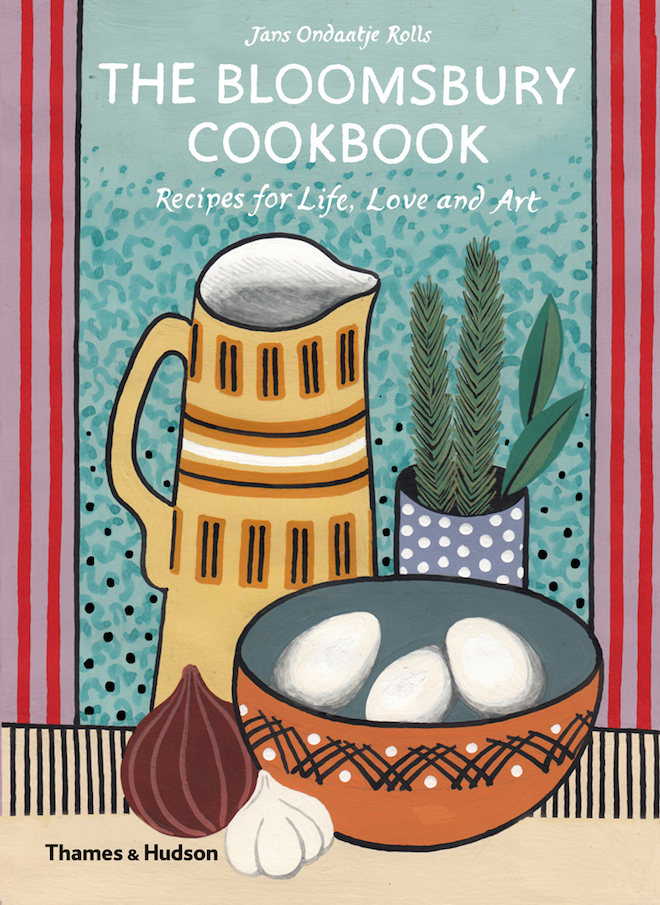
Tags: 100 Ideas that Changed Street Style, A Love Story, Amazing Babes: A Picture Book for Kids and Adults, Pamflet, The Bloomsbury Cookbook, The Girls’ Bicycle Handbook, X vs Y: A Culture War
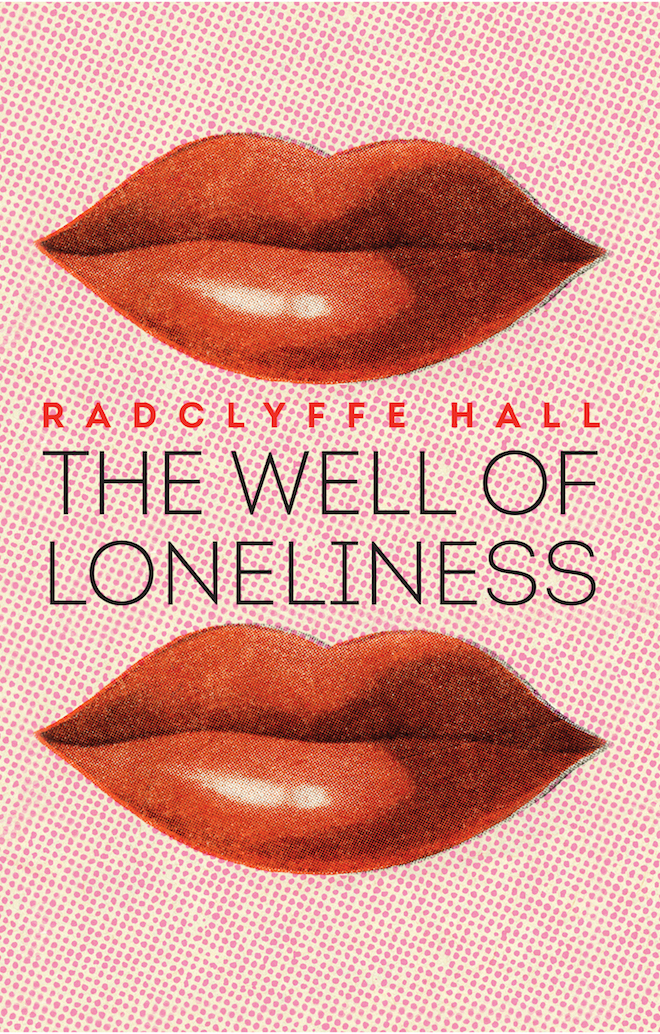
Pamflet x Twin: March
Anna-Marie Fitzgerald and Phoebe Frangoul are the co-editors and co-founders of the London grrrl-zine and literary salon Pamflet. Here they discuss the releases, trends and going’s on in the literary world worth knowing about. Follow them on Twitter and Instagram @Pamflet.
This month’s literary picks include the reissue of a controversial classic and a very modern love story…
Naomi Wood’s Mrs Hemingway (Picador, out now) tells the story of Ernest Hemingway’s four wives in a series of flashbacks and interlocking first person narratives. The macho, huntin’ shootin’ fishin’ Hemingway is depicted by turns as selfish, needy, childish and charming, a man who loved being married, just not always to the same woman. Naomi Wood skilfully creates the conversations that might have played out between Ernest and his wives, making them feel totally authentic. You can feel his first wife Hadley struggling with her jealousy as Ernest becomes involved with her best friend, Pauline ‘Fife’ Pfeiffer, trying to be bohemian and mature (and French!) about the situation. Then chic, sophisticated, wealthy Fife, so confident that she’s different to Hadley, finds to her horror that she loses Ernest to the tough, independent writer Martha Gellhorn. And she in turn loses him to a fellow journalist named Mary Welsh.
Hemingway and contemporaries like F Scott Fitzgerald fictionalised their own lives while they were living them, so it feels totally natural to read this imagined account of Hemingway’s wives. Naomi Wood has given voices to the shadowy figures who played a vital role in helping Hemingway become the titanic figure of twentieth century literature that he was.
2014 sees the reissue of Radclyffe Hall’s controversial lesbian novel, The Well of Loneliness (Hesperus Classics, out now). Subject to a landmark obscenity trial when it was first published in 1928 and banned for twenty years, the Sunday Express said of Hall’s book, “I would rather give a healthy boy or a healthy girl a phial of prussic acid than this novel”, which naturally made everyone want to read it. The heroine, Stephen Gordon – so named because her parents longed for a boy – isn’t a particularly sympathetic character. She’s abrasive and self-absorbed, but when you consider the stifling society she was born into and her painful isolation as she discovers her nature as an ‘invert’ (a term used at the time to describe homosexuality), you can see why. Stephen’s wealth allows her a certain amount of freedom – she can indulge her love of masculine attire, travel and live independently – but ultimately because she is attracted to women, she is an outcast.
In the centenary year of the outbreak of World War 1, it seems pertinent to revisit this novel, as it is during her time driving ambulances on the Western Front that Stephen discovers other women like her and falls in love. WWI saw huge social changes in Britain and marked the end of the gilded Edwardian age. As well as the colossal losses that blighted the lives of so many, there were gains for women – the vote and a new freedom to work – that shaped Britain as we know it. The Well of Loneliness might not be a ‘fun’ book, but like The Ragged Trousered Philanthropists and The Female Eunuch, it’s a very necessary one. We have three copies of the new edition to give away so visit us at Pamflet to find out how to win one.
Zoe Pilger’s Eat My Heart Out (Serpent’s Tail, out now) is an astonishing debut that gives a frightening insight into the lives of a new lost generation who are facing a bankrupt future. It reads like a drunken late night illegal cab ride, recklessly careering through the London of your early twenties. Everyone’s a poet or a performance artist, there’s lots of bad drugs and nasty sex in squalid flats paid for by indulgent relations. Bleak and brilliant, Pilger ruthlessly flays the social mores of the liberal intelligentsia to the bone. Protagonist Ann-Marie feels like a Holden Caulfield for the twenty-first century and a natural successor to modern literature’s anti-heroes – nihilistic, narcissistic, gloriously deranged, bleak and bright by turns. This is an anti-love story, brutal and brilliant.
Helen Walsh is one of Pamflet’s favourite literary bad girls. She writes about complex women in difficult circumstances, giving a voice to characters who we might only ever get a brief glimpse of in contemporary literature otherwise: a single mother cursed with postnatal depression in Go to Sleep, a Sri Lankan-Irish girl coming of age to an acid house soundtrack in Once Upon a Time in England and Liverpudlian prostitutes in the notorious Brass. In her new book The Lemon Grove (Tinder Press, out now) forty-something Jenn is on a doomed family holiday in intoxicating surroundings and it’s Walsh’s most fearless, tense and tightly written work yet. After gulping this down, I was pretty sure that she’s the kind of lady I’d like to put the world to rights with over several glasses of red wine (Tinder Press).
Two debut short story collections to look out for this month are Molly Antapol’sThe UnAmericans (Fourth Estate, out now) and The Rental Heart and Other Fairytales (Salt Publishing, 15 March) by Kirsty Logan. For me the most satisfying short stories should take the bigger picture and shrink it into a perfect miniature or snapshot and both of these do just that. Logan’s occasionally surreal and gorgeous tales defy categorisation and Antapol’s stories of fathers and daughters and distant homelands offer many thought-provoking reading pleasures.
Our glossy book of the month is Fashion Africa (Jacaranda Books, out now) by designer and Director of the Africa Fashion Guide Jacqueline Shaw. An overview of where the continent’s industry is right now, it provides a dazzlingly illustrated portfolio of African textiles, footwear and clothing through practitioner profiles and interviews.
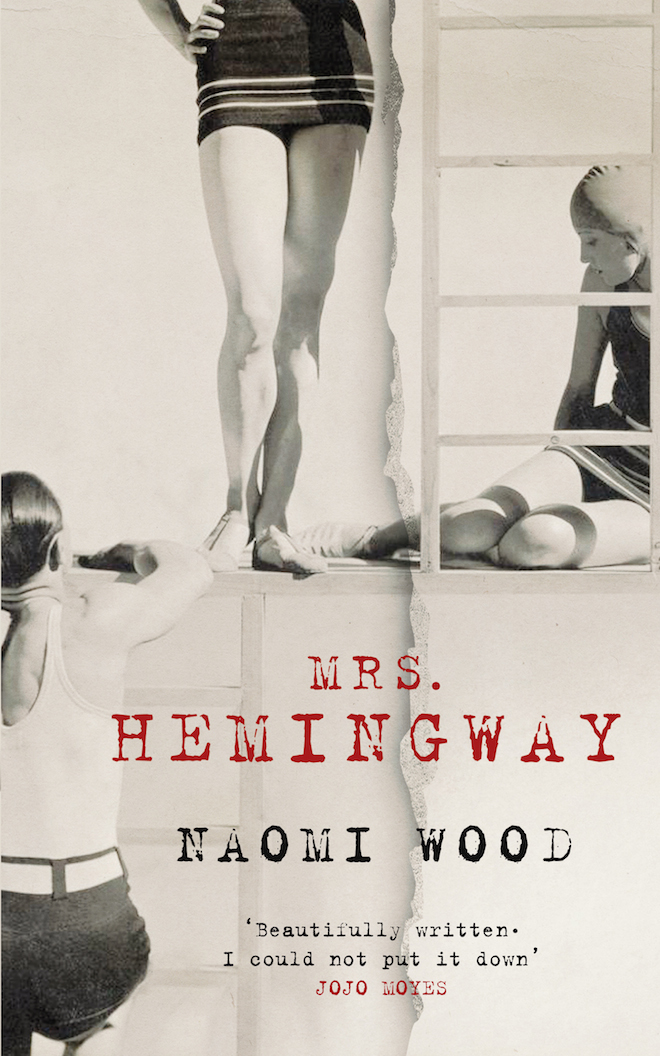
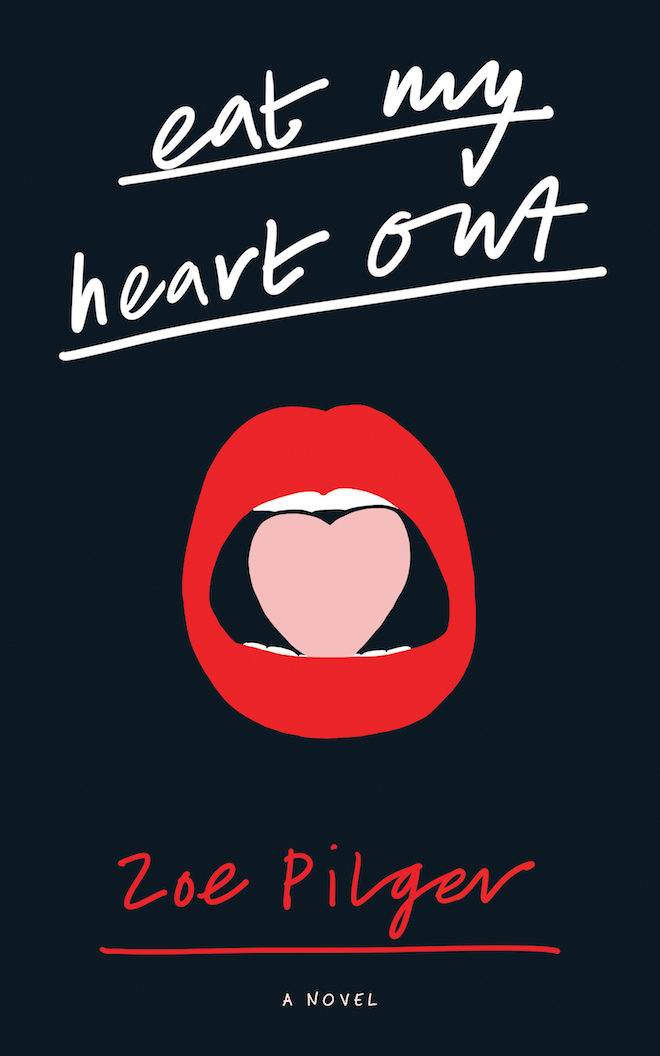
Tags: Eat My Heart Out, Fashion Africa, Mrs Hemmingway, Pamflet, The UnAmericans, The Well of Loneliness
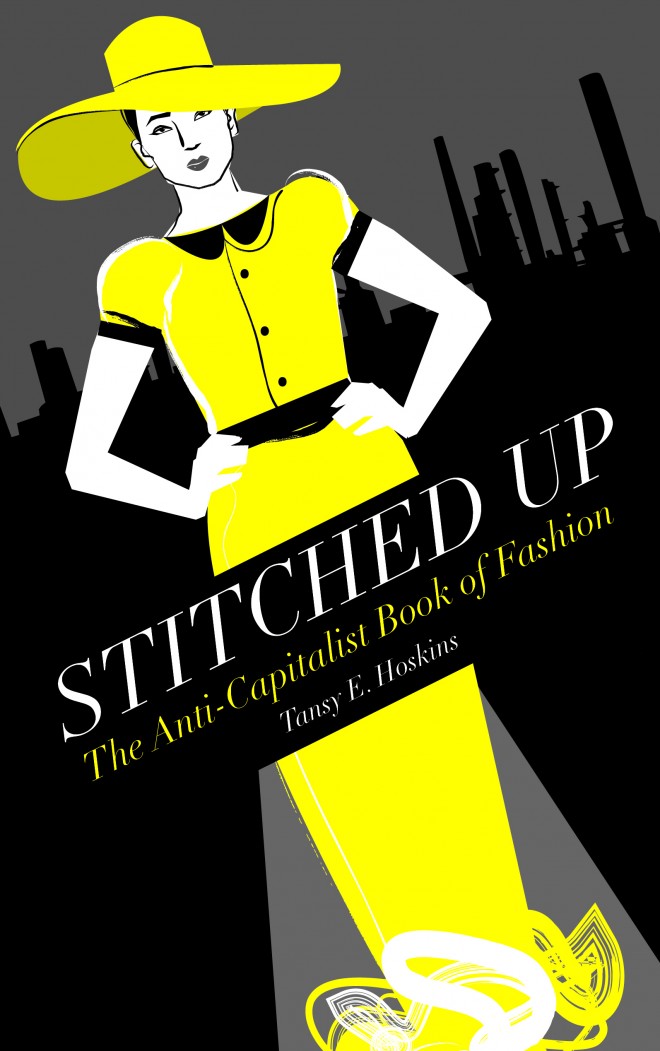
Pamflet x Twin: February Releases
Anna-Marie Fitzgerald and Phoebe Frangoul are the co-editors and co-founders of the London grrrl-zine and literary salon Pamflet. Here they discuss the releases, trends and going’s on in the literary world worth knowing about. Follow them on Twitter and Instagram @Pamflet.
We can never get enough of angry young women at Pamflet, so happily we have two righteous books to recommend this month. They also happen to be about the politics behind our two major obsessions (music and clothes) too.
Words Will Break Cement: The Passion of Pussy Riot (Granta Books) by Moscow-based journalist Masha Gessen (brought forward from its March publication date because of Nadya Tolokonnikova and Maria Alyokhina ‘early’ release) is the story of Russia’s most famous ex-political prisoners. In the past couple of years their iconic balaclava-ed images have inspired rebel-artists across the world, adorned greeting cards and been referenced by the masked cast in the poster for last year’s all-women Julius Caesar at the Donmar.
Gessen investigates the young women behind the cultural phenomenon, spending time with Nadya’s husband and father and corresponding with them incarcerated women in their respective prisons. If you saw the Punk Prayer film and got the Let’s Start a Pussy Riot art-book (which featured contributions from Meadham Kirchhoff and Yoko Ono amongst many others), then you really need to read this in-depth look at what it means be young, fearless and angry in the new Russia.
Stitched Up: The Anti-Capitalist Book of Fashion (Pluto Press) by writer and activist Tansy E. Hoskins and wonderfully illustrated by Jade Pilgrom will be launched on London Fashion Week Eve (next Thursday 13 February). Hoskins manages to convincingly bring the two Karls (Marx and Lagerfeld) into this passionate and radical critique of the fashion industry. Writing from the perspective of an outsider who believes it ‘truly is glorious and enthralling as well as exasperating and terrible,’ her stance will be familiar to anyone who’s been tempted by the quick fix rush of a high street bargain only to sink into shameful remorse immediately afterwards. In Stitched Up Hoskins might be dazzled by fashion, but that doesn’t stop her from asking critical questions around the provenance and manufacture of clothing and the exploitation of fashion workers from the factory floor to the catwalk. Luckily she has plenty of answers to suggest too, and in this theoretical, but enjoyably journalistic text, she confidently picks up the campaigning baton from her fash-critic foremothers such as Elizabeth Wilson and looks optimistically towards the future.
ALSO OUT THIS MONTH: Costume historian Amber Jane Butchart’s Fashion Miscellany is a darling collection of short essays and asides on style, tailoring and taste. On and off the page Amber lives her craft and here she always wears her expert knowledge lightly, packing this neat volume full of treasures. Reading it is like digging through a junk shop jewellery box: lots of fun.
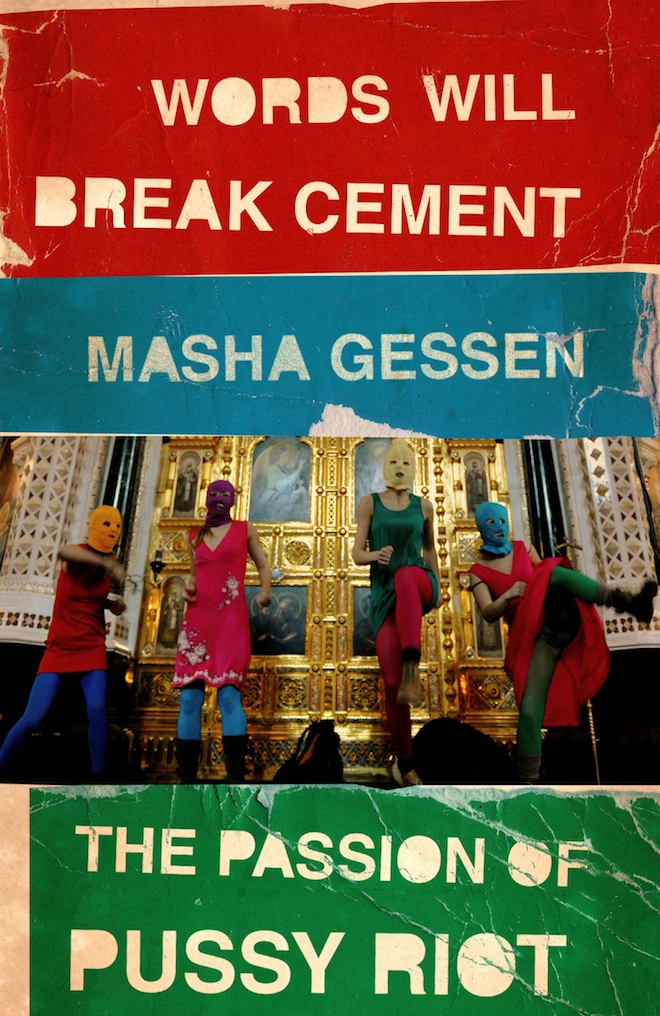
Tags: Books, Pamflet, Pussy Riot

























 Twitter
Twitter
 Tumblr
Tumblr
 YouTube
YouTube
 Facebook
Facebook
 Instagram
Instagram
